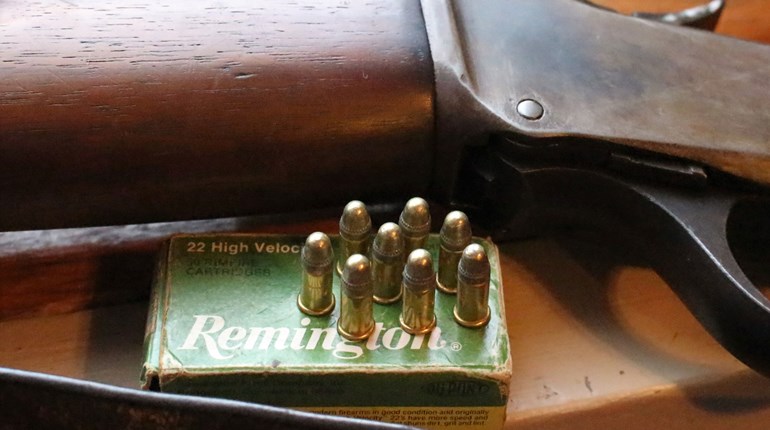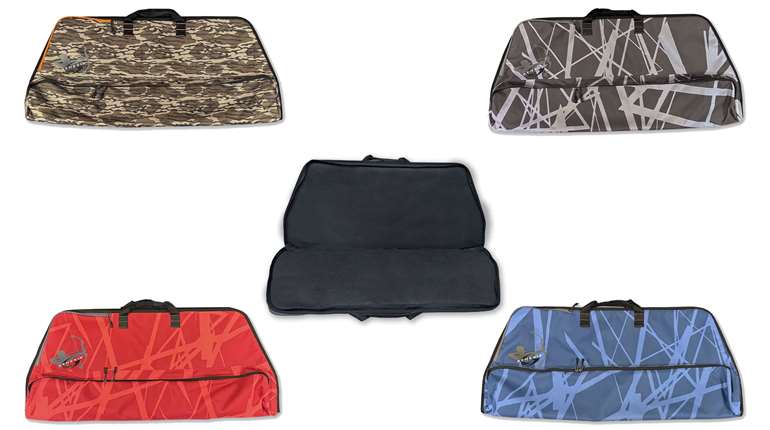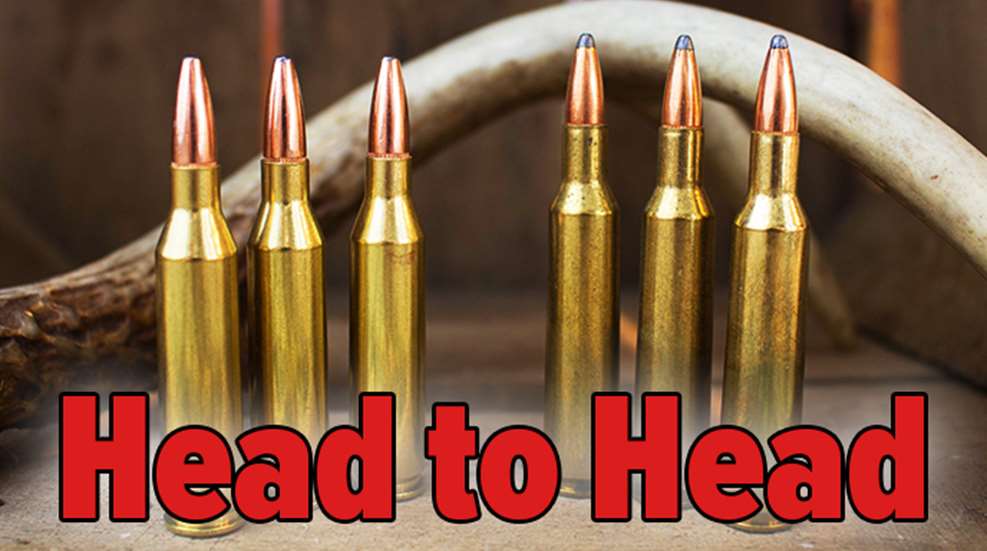
It’s no secret that the 6mm cartridges have a huge following; after all, they’re just about the best at doing double-duty on deer-sized game and varmints/predators. They’re easy on the shoulder, allowing the shooter to accurately place his or her shots, yet have enough horsepower to dump a deer in its tracks. The two at the top of the heap—the .243 Winchester and the 6mm Remington—have been rivals since birth, and continue to be. Let’s look at each of them to see which will come out on top.
Both cartridges were released in 1955, and both were derived from another existing cartridge. Both—in theory—had the goods to achieve the stated goal: to handle deer, pronghorn antelope, woodchucks and coyotes alike. Both were well-marketed and were introduced in the finest rifles of the day. However, they started a huge rivalry; one that would result in what may have been the unfair condemnation of a perfectly viable cartridge. The 6mm bore diameter had all but faded by 1955; the only popular 6mm cartridge prior to the release of this pair was the 6mm Lee Navy cartridge, and that cartridge was virtually obsolete by the 1930s. It was the wildcatters who brought it back to life by fiddling with a couple of popular designs.
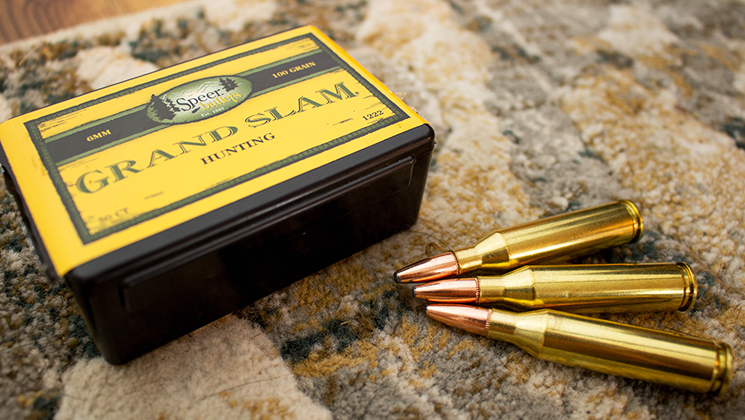
The .243 Winchester is simply the .308 Winchester necked down to hold .243″ diameter bullets. The .308—a fine design in and of itself—has been responsible for a number of successful cartridges, but the .243 has to be the most successful. Released in the Model 70 bolt-action, Model 100 autoloader and Model 88 lever-action, the .243 Winchester was designed with a 1:10″ twist rate, and factory loads using bullets as heavy as 100 grains. Lighter predator/varmint loads were also available, but the bullets on the heavier end of the spectrum are what drew the attention. The 100-grain bullets, moving along at over 3000 fps, made excellent deer medicine, delivering plenty of hydraulic shock that will switch a deer ‘off’ so well.
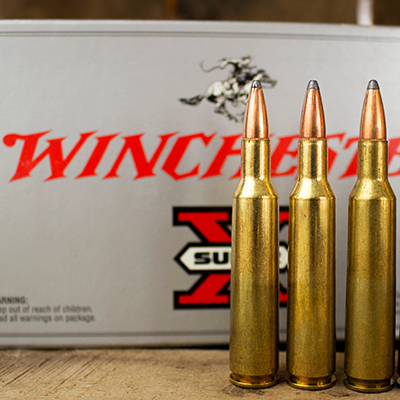 Remington countered in the same year with their own design, based on the .257 Roberts—which was in turn based on the 7x57mm Mauser—necked to hold the 6mm bullets. The .244 Remington was the legitimate version of RCBS’ Fred Huntington’s .243 Rock Chucker wildcat, giving plenty of case capacity for the bore diameter. The cartridge was mated to the Remington Model 722 rifle—a solid design—but with a 1:12″ twist rate. This would prove to be the downfall of the cartridge, at least in the court of popular opinion. The .244 could handle bullets weighing up to 90 grains with that twist rate, and that simply wasn’t heavy enough for the deer hunters; or was it? I personally believe that the 90-grain bullets, even those available in 1955, will get the job done on deer-sized game. They may leave a bit on the table when compared to the 105-grain pills, but they certainly aren’t a terrible choice. The 90-grain bullets have a sectional density (SD) of 0.218 in comparison to the 105-grain bullet’s SD of 0.266, so the difference is there, but I don’t think it’s a deal breaker.
Remington countered in the same year with their own design, based on the .257 Roberts—which was in turn based on the 7x57mm Mauser—necked to hold the 6mm bullets. The .244 Remington was the legitimate version of RCBS’ Fred Huntington’s .243 Rock Chucker wildcat, giving plenty of case capacity for the bore diameter. The cartridge was mated to the Remington Model 722 rifle—a solid design—but with a 1:12″ twist rate. This would prove to be the downfall of the cartridge, at least in the court of popular opinion. The .244 could handle bullets weighing up to 90 grains with that twist rate, and that simply wasn’t heavy enough for the deer hunters; or was it? I personally believe that the 90-grain bullets, even those available in 1955, will get the job done on deer-sized game. They may leave a bit on the table when compared to the 105-grain pills, but they certainly aren’t a terrible choice. The 90-grain bullets have a sectional density (SD) of 0.218 in comparison to the 105-grain bullet’s SD of 0.266, so the difference is there, but I don’t think it’s a deal breaker.
The .244 Remington moved those 90-grain bullets at a muzzle velocity of right around 3200 fps, so it wasn't a terrible cartridge by any means. But it was condemned by the hunting community for the lack of bullet weight. Simply put, the .243 Winchester became the darling and the .244 Remington became the goat. The reviews took their toll, and the .244 Remington began to wither. In 1963, Remington made their first attempt at the name game.
They revised the rifle and ammunition, equipping it with a 1:9″ twist rate in 1958 and renamed the cartridge the 6mm Remington in 1963. It shared its rebirth with the release of the Model 700 rifle, and while the rifle would go on to become the flagship of the Remington fleet, the 6mm Remington would not. It has remained in relative obscurity since its release, though the cartridge is still a solid design; being the descendant of the 7x57mm is certainly not a bad thing.
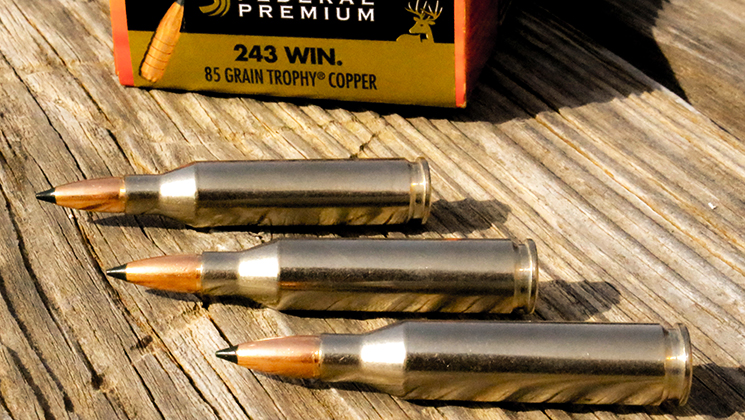
Looking from an unbiased perspective (regarding sales and popular opinion) I find the .244/6mm Remington to be the superior of the two designs. It maintains the same case length as the 7x57mm Mauser and .257 Roberts, and the longer case offers a distinct capacity advantage over the .243 Winchester, which should equate to a respectable velocity advantage. Whether or not that higher velocity is needed is a personal question, as there are obviously no flies on the .243 Winchester. I feel the 6mm Remington would be an excellent hunting cartridge when mated with modern bullets, especially some of the monometals.
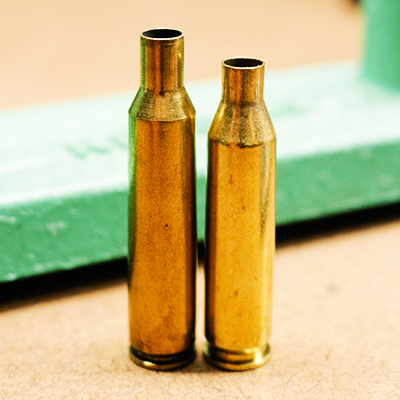 But, I also believe the popularity of the .243 Winchester cannot be rivaled, and that the slight advantage that the 6mm Remington may offer isn’t enough to unseat the .243 in any way. Maybe the 6mm Creedmoor has the potential to rival the .243 with a strong marketing push, but realize that the .243 Winchester remains in the top ten in cartridge sales; the popularity is still that strong. I shot my biggest whitetail deer to date with a .243 Winchester in Texas—with, of all things, an 85-grain Federal Trophy Copper bullet—and have many friends who find it to be absolutely perfect for deer.
But, I also believe the popularity of the .243 Winchester cannot be rivaled, and that the slight advantage that the 6mm Remington may offer isn’t enough to unseat the .243 in any way. Maybe the 6mm Creedmoor has the potential to rival the .243 with a strong marketing push, but realize that the .243 Winchester remains in the top ten in cartridge sales; the popularity is still that strong. I shot my biggest whitetail deer to date with a .243 Winchester in Texas—with, of all things, an 85-grain Federal Trophy Copper bullet—and have many friends who find it to be absolutely perfect for deer.
While the .243 Winchester gets the nod, and will continue to do so, I wouldn’t turn down a rifle chambered for 6mm Remington, or even for the slower twist .244 Remington. And though the push is on to develop .22 centerfires that rival the performance of the pair of 6mms (read .22 Nosler vs. .224 Valkyrie), there will always be those who have that attachment to the performance of the 6mm cartridges.
Looking for previous installments of our "Head to Head" series? We've got you covered.
• 7x57mm Mauser vs. 7mm-08 Remington
• .25-06 Remington vs. .257 Weatherby Magnum
• .338 Winchester vs. .375 H&H Magnum
• .30-30 Winchester vs. .35 Remington
• .257 Roberts vs. .250-3000 Savage
• .270 Winchester vs. .280 Remington
• .35 Whelen vs. 9.3x62mm Mauser
• .416 Rigby vs. .416 Remington Magnum
• .308 Winchester vs. .30-06 Springfield
• .22 Nosler vs. .224 Valkyrie
• .300 Win. Mag. vs. .300 WSM
• .223 Remington vs. .22-250 Remington












